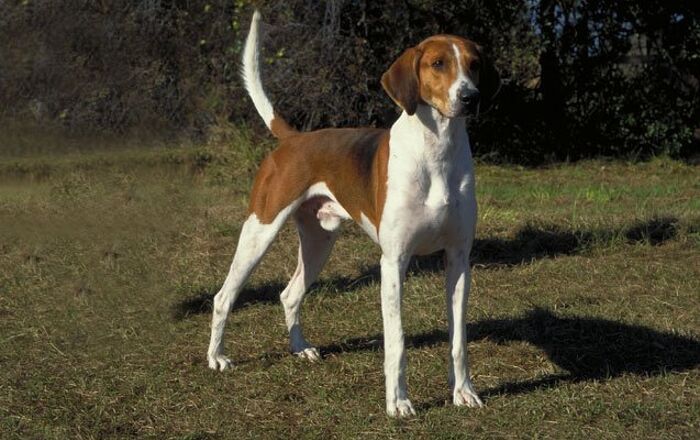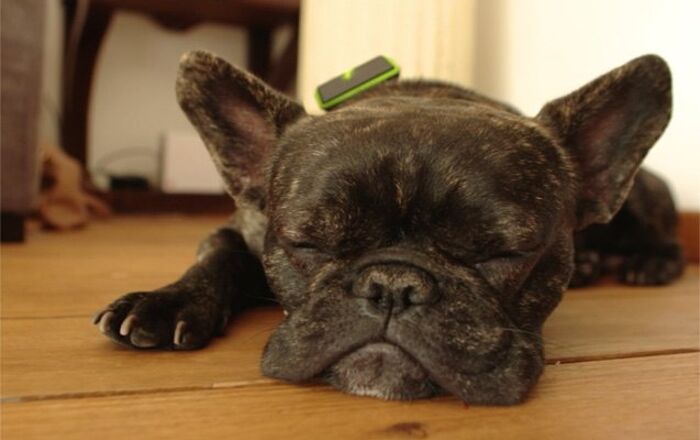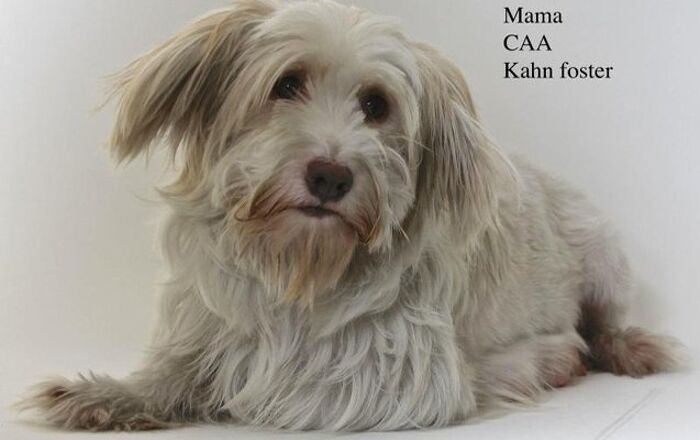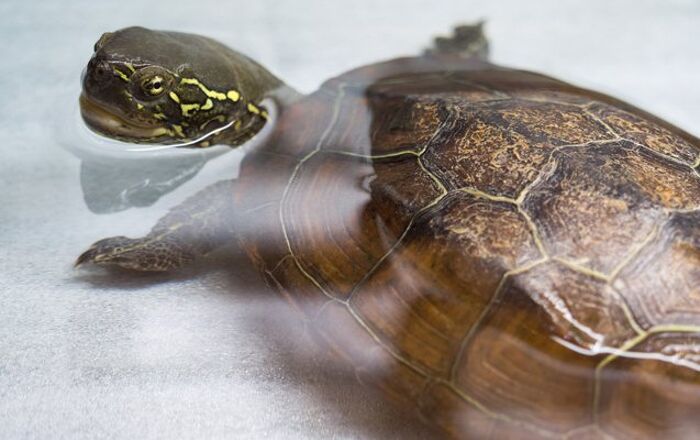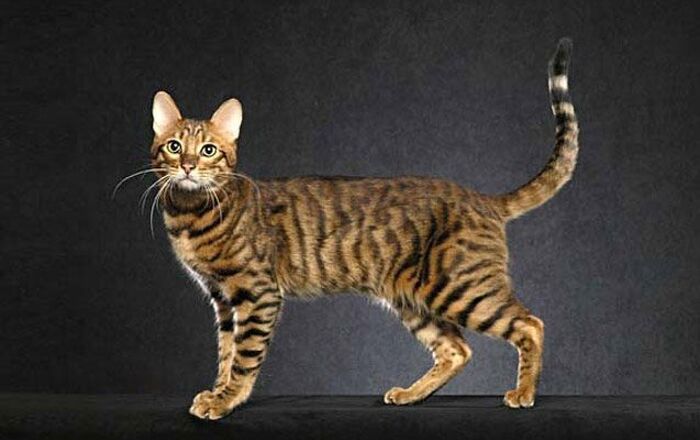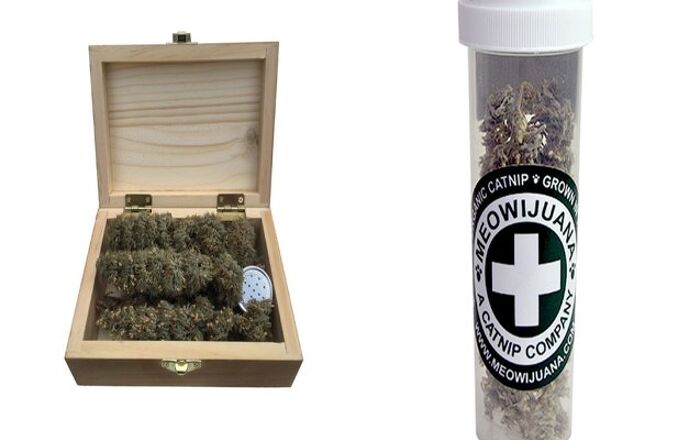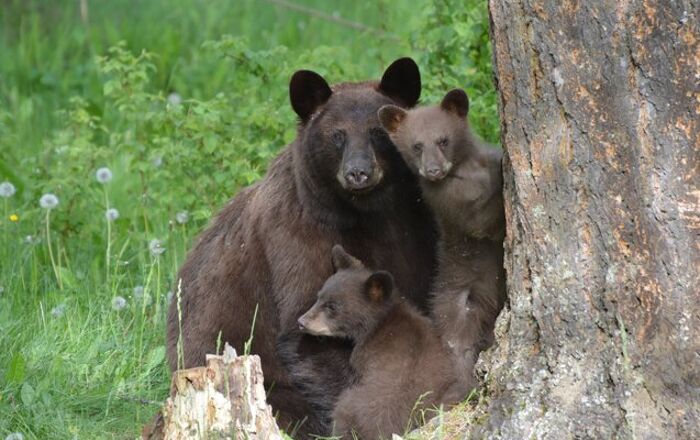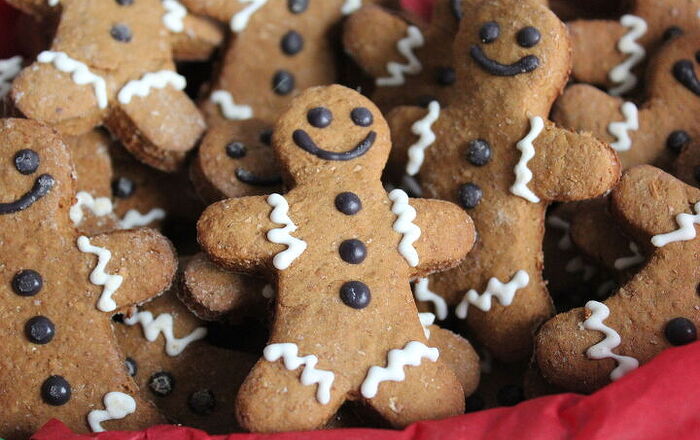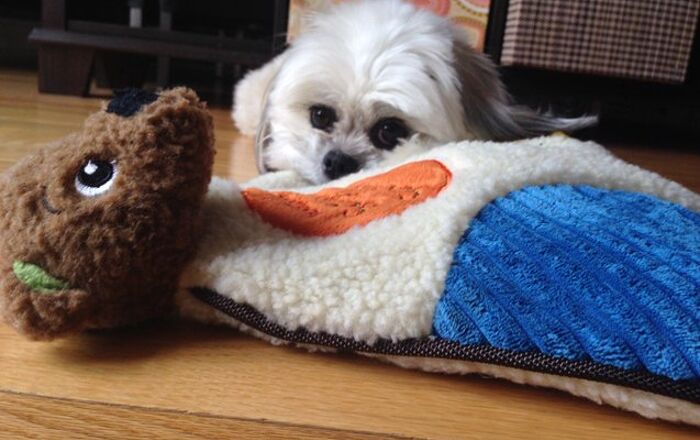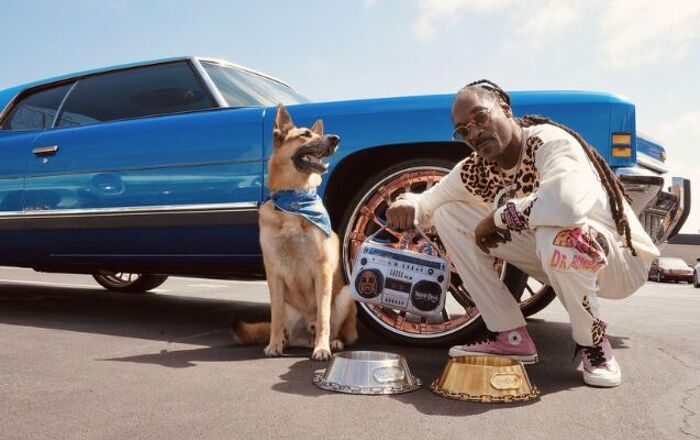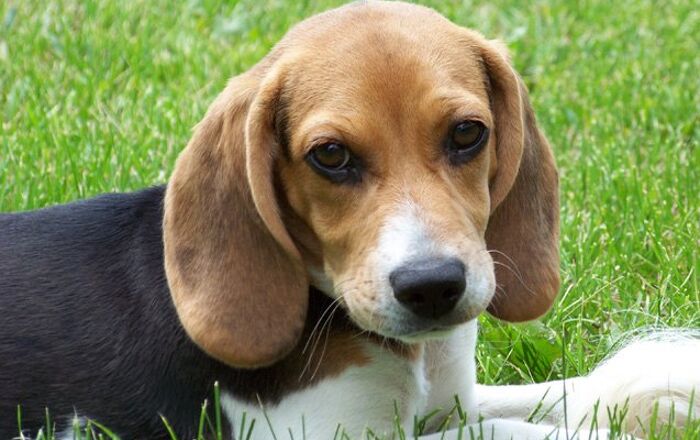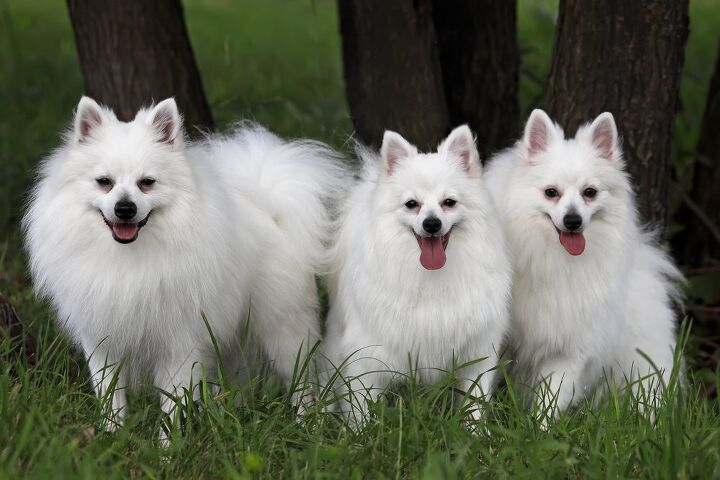
Volpino Italiano Basics
Upon first glance, you might think the Volpino Italiano is some kind of cross between a Pomeranian and an American Eskimo Dog. This breed has the small size of a toy breed with the white, double coat of a Spitz-type breed and it hails from Italy. The Volpino Italiano is a playful, affectionate breed once loved by Italian royalty but today there are fewer than 3,000 of them around.
Upon first glance, you might think the Volpino Italiano is some kind of cross between a Pomeranian and an American Eskimo Dog.
Origin
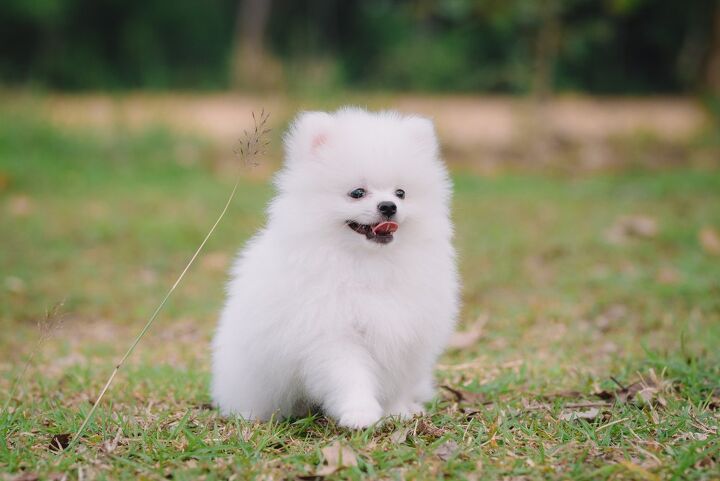
The Volpino Italiano is a small, Spitz-type breed which is evident in its fox-like face, pointed ears, and thick double coat. Often mistaken for a Pomeranian or a miniature American Eskimo Dog, this breed is native to Italy and rarely seen in the Western hemisphere. The breed’s origins date back to the 15th century where they were well loved by Italian royalty and frequently kept by court ladies.
The Volpino Italiano was largely unknown outside of Italy until the late 1800s and, though still rare, the breed is starting to make a comeback. Though recognized by the UKC in the Northern Breed group and the FCI in the Spitz and Primitive Dog group, the Volpino Italiano is not accepted by the AKC. The organization declined the breed in 2006 due to its similarity with the American Eskimo Dog. Today, there are fewer than 4,000 dogs in the world.
Pedigree
The Volpino Italiano is a native Italian breed but its exact origins are unknown other than he descends from several Spitz-type breeds. This breed is thought to have been used in the development of several modern breeds including the Pomeranian, American Eskimo Dog, and the German Spitz.
Food/Diet
As a toy breed, the Volpino Italiano requires a diet formulated for breeds of its size. Though this breed may only weigh 14 pounds at maturity, he has a very fast metabolism and needs a calorie-dense diet. Choose a high-quality toy breed formula and follow the feeding recommendations on the package.
The Volpino Italiano is a very intelligent breed that has the potential to respond well to training.
Training
The Volpino Italiano is a very intelligent breed that has the potential to respond well to training. The problem is that these dogs are also very energetic and have a tendency to be stubborn at times. This breed requires a significant amount of socialization but will likely always be somewhat suspicious of strangers. This breed is a natural watchdog because he will bark at anything – this also means that he needs plenty of training to control unwanted barking. This breed might do well in dog sports as a means to work off his energy and keep his mind sharp.
Weight
The Volpino Italiano is a toy breed standing 9 to 12 inches tall and weighing 9 to 14 pounds.
Temperament/Behavior
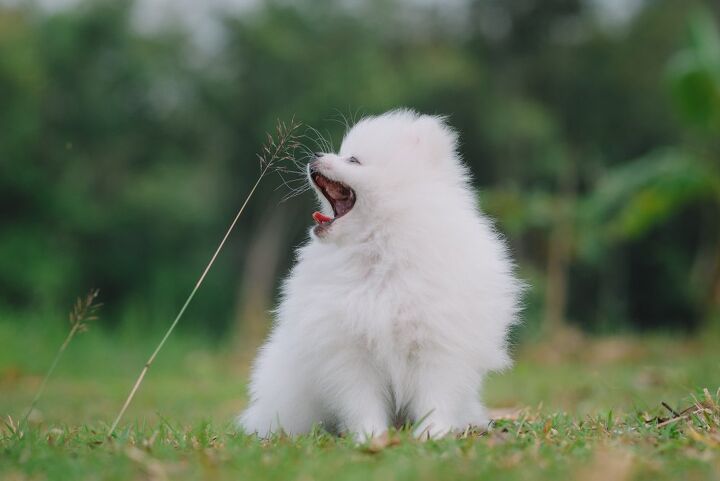
The Volpino Italiano is an active and playful breed by nature, though you need to be careful around children because of its small size. These dogs bond closely with family and will always be suspicious around strangers, though they don’t tend to be aggressive or territorial. The Volpino Italiano typically doesn’t have a strong prey drive but may try to dominate smaller animals. He is, however, moderately dog friendly and cat friendly.
Common Health Problems
Generally speaking, the Volpino Italiano has a very long lifespan and a low risk for serious health problems. Some of the conditions to which the breed may be prone include orthopedic issues common to small and toy breeds like patellar luxation. The breed may also be prone to eye problems like primary lens luxation.
Life Expectancy
The average lifespan for the Volpino Italiano is 14 to 16 years.
Exercise Requirements
Though the Volpino Italiano itself is a companion pet, it comes from working stock. As such its energy levels are higher than many toy breeds, but still only moderate compared to many other dogs. This breed does well with 30 to 45 minutes of exercise per day. If the breed’s exercise needs aren’t met, it is likely to become hyperactive and noisy.
The Volpino Italiano is an active and playful breed by nature.
Recognized Clubs
The Volpino Italiano is not currently recognized by the AKC. In fact, the organization declined the breed in 2006 due to its similarity with the American Eskimo Dog. The breed is recognized by both the UKC and the FCI.
Coat
As a descendant of Spitz-type breeds, the Volpino Italiano has a thick double coat. The undercoat is short and dense while the top coat is long, dense, and straight. White is the primary color for this breed, though some dogs are solid red or champagne in color. The coat forms a thick muff around the neck with longer hair on the tail, forming a sort of fringe.
Puppies
The average litter size for the Volpino Italiano is 4 to 6 puppies. Because this breed has a tendency to be very active and social, early training and socialization is required. It’s a good idea to enroll these dogs in puppy classes as soon as possible to prevent the development of problem behaviors.
Photo credit: Degtyaryov Andrey/Shutterstock; Giveitashot Studio/Shutterstock

